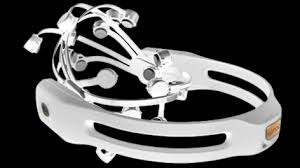Newer forms of recording brain signals have been implement such as Magnetoencephalography(MEG) or Magnetic Resonance Imaging (MRI) with great results. The problem is that they are big and bulky taking up a lot of room for storage. A EEG sensor systems can be made into a comfortably wearable device and thus potentially usable in a wide range of settings. Miniaturised units could enable prolonged monitoring of chronic conditions such as epilepsy and greatly improve the end-user acceptance of BCI systems.The idea would be to have real time signal processing with new non invasive EEG sensing technology that can produce accurate readings of brain signals. NuroSky’s Mindflex is taking a step in the right direction.


